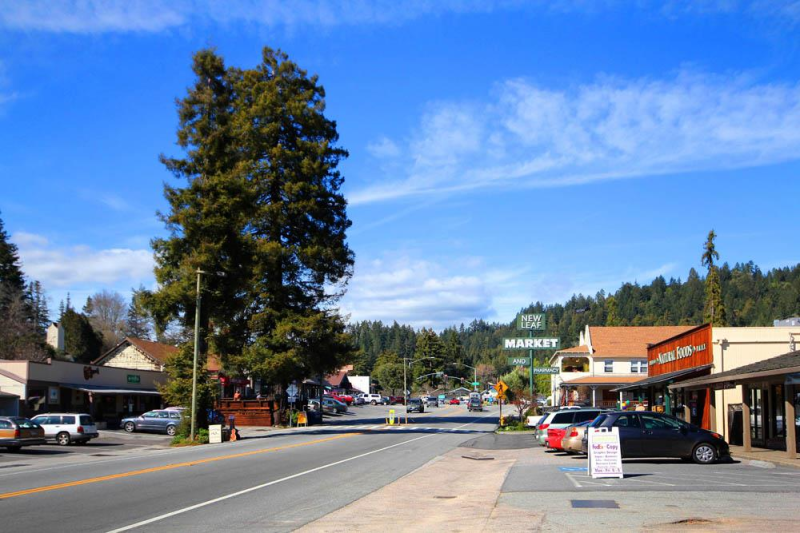It’s a little before 8 p.m. in the San Lorenzo Valley, a rural community just south of the Bay Area in the Santa Cruz Mountains. The sun has recently set, and as the last light of another confusing and repetitive day fades into nothingness, the sound of birds and bugs emanate from the redwood forest. As the second hand of my watch makes its way toward eight o’clock, I’m filled with anticipation. What if they decide not to do it tonight? What if everyone is just too busy?
My thoughts are interrupted by the first howl, clean and lonely as it pierces the still air. It is followed by another, and another, until the noise seems to be surrounding me, filling the valley itself. I lean back into my chair and listen as the strange ritual takes place for several minutes before once again fading to stillness. My mind wanders. Why are people participating? Why howling? Who started this?
“It’s supposed to show support for the frontline essential workers,” said valley resident Aidan Callahan.
We’ve seen examples of people expressing gratitude from their homes, such as New York’s cheering or people singing in Italy. While gratitude is undeniably a major motivation in the minds of many howlers, that can’t be all. Californians are used to thanking essential workers during times of crisis. During fire season, I remember seeing many “Thank you firefighters!” signs along roadways, yet there was nothing like today’s howling.
So why now? What about our current situation lends itself to auditory expression? A howl, wild and guttural, has no place in the bustle and efficiency of ordinary society. But now, with the rhythm of regular life silenced for most people, space has opened up for the public to reject social expectations. A howl is a democratic expression of emotion, reflecting the fact that, while certain communities are undoubtedly suffering more from the effects of the virus, all people are at risk of contraction. Howling requires no equipment or talent, and there is not a “good” howl or a “bad” howl. A howl can be used to express whichever emotion one is feeling, whether it is fear, sadness or appreciation. A howl is an undeniably social noise. Wolves are known to howl in order to find other pack members when they’re far apart, maintaining a social bond through the challenges of distance.
“It started in Boulder Creek [the northernmost town in the San Lorenzo Valley],” said Natalie Owens. “Someone posted about doing it in the Boulder Creek Neighbors Facebook page in late March, and then it spread throughout the Valley. Up here it’s loud, and sometimes the fire department joins with the sirens. At the country club, there’s this one property with a train, and they blow that horn every night.”
The concept of spread can be scary or uncomfortable in our current times. We are told that connection is dangerous, intimacy leads to infection, togetherness is taboo. For now. Just like a howl, all of this is temporary. As Gov. Gavin Newsom begins to talk about the possibility of a gradual reopening of California we must remember that we are intrinsically social, and we must not allow the events we are living through to cloud our view of interaction, touch and gathering.
The howl is a sign of public vulnerability. One exposes their deep emotions to all within earshot through wordless expression; the only objective is to hear and be heard. It is a show of solidarity, that we are all experiencing a difficult mix of emotion. To be honest, I haven’t howled. But if you feel like you need to step outside and let it out: howl.
Contact Trevor Cambron at [email protected].
